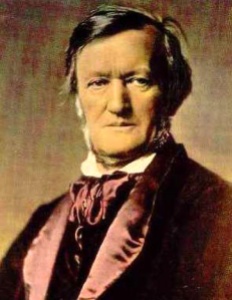Launched by Intellect in 2012, Performing Islam is the first peer-reviewed interdisciplinary journal about Islam and performance and their related aesthetics. It focuses on the sociocultural, historical, and political contexts of artistic practices in the Muslim world.
The journal covers dance, ritual, theater, performing arts, visual arts and cultures, and popular entertainment in Islam-influenced societies and their diasporas. It promotes insightful research of performative expressions of Islam by performers and publics, and encompasses theoretical debates, empirical studies, postgraduate research, interviews with performers, research notes and queries, and reviews of books, conferences, festivals, events, and performances.
Below, UNESCO’s introduction to the semā ceremony of Turkey’s Mevlevi order.














